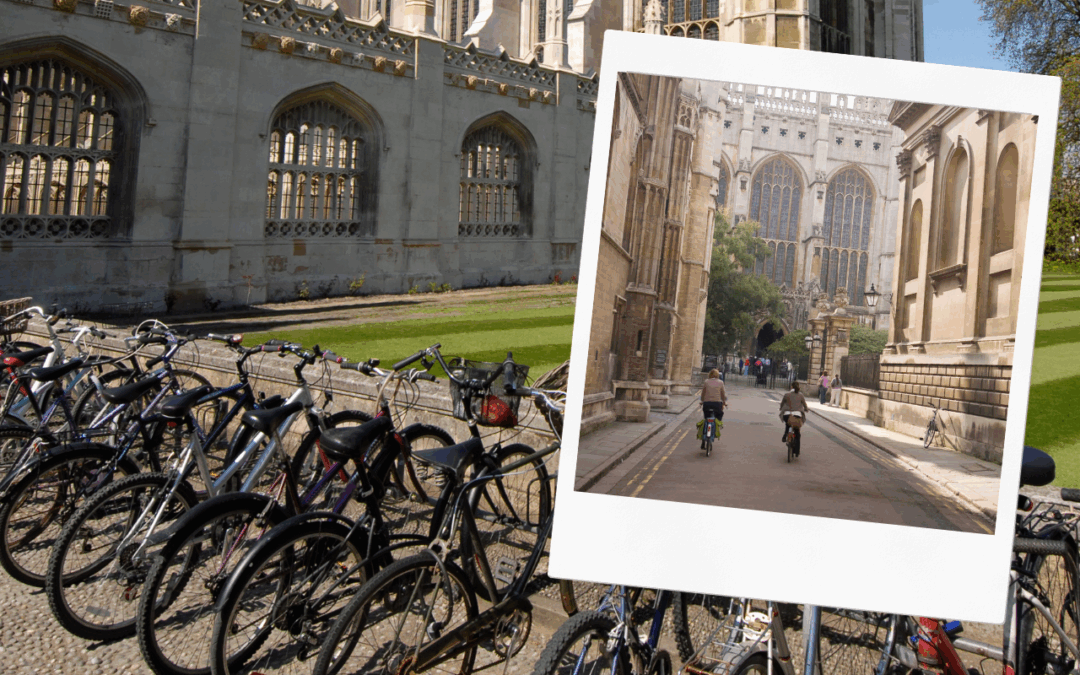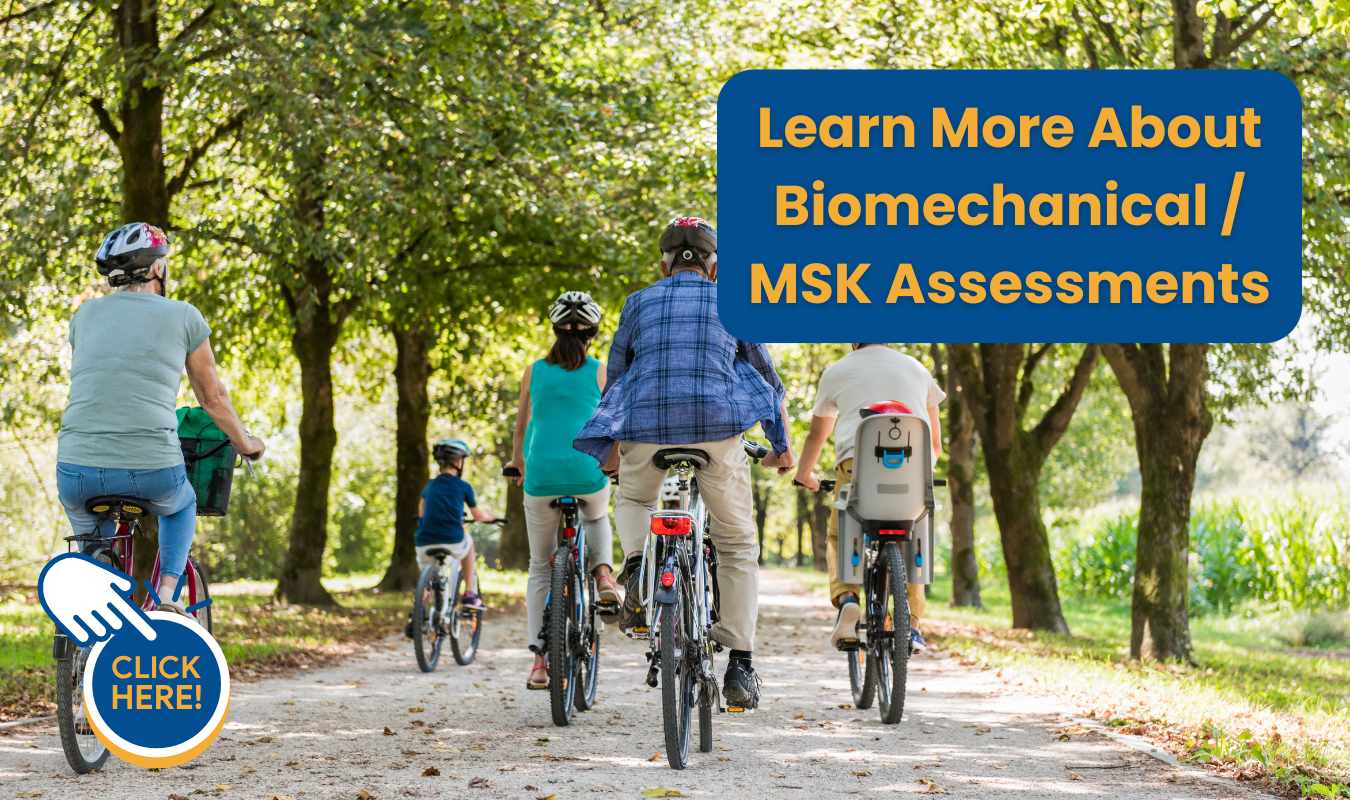Cycling in Cambridge
Cycling is a way of life in Cambridge, with thousands of people taking to two wheels every day and a reported 1 in 3 people cycling to work in the City (Cambridge City Council). But while it’s great for fitness and the environment, cycling can take a toll on your feet and lower limbs. At Cutting Edge Podiatry, we understand the unique challenges cyclists face. In this blog, we share expert footcare tips for Cambridge cyclists –from looking after your feet and supporting your lower legs to preventing common cycling-related injuries.
Cycling & Foot Pain
Cycling is an excellent low-impact sport, but it’s not without its own set of musculoskeletal challenges, particularly when it comes to the feet and lower limbs. As podiatrists, we often see cyclists experiencing discomfort that’s preventable with a few tweaks to equipment, technique, and awareness.
Common Foot Complaints Among Cyclists
The repetitive motion of pedalling, combined with prolonged pressure and tight footwear, can lead to several foot-related issues:
1. Numbness or tingling – Typically from tight shoes or poorly fitting insoles putting pressure on nerves.
2. Foot cramping – This can stem from muscle fatigue, dehydration, or inadequate arch support.
3. Heel pain (including plantar fasciitis) – This may develop with poor foot support or tight calves.
4. Achilles tendon discomfort – This is often linked to incorrect saddle height or overuse.
5. Pressure sores or blisters – This can be caused by friction, moisture, or ill-fitting shoes.
6. Morton’s neuroma – A nerve condition worsened by forefoot compression and narrow shoes.
Lower Limb Pain Among Cyclists
Lower limb issues are also common in cyclists, often related to biomechanics and bike setup:
1.Knee pain – The most frequently reported complaint, often due to poor cleat alignment, saddle position, or muscle imbalances.
2.Hip discomfort – This can be the result of prolonged hip flexion during cycling or insufficient core stability.
3.Foot and ankle strain – Frequently caused by poor cleat positioning, rigid shoes, or overtraining.
4.Muscle imbalances – Particularly between quads and hamstrings, may contribute to pain and inefficiency.
Injury Prevention Tips for Cyclists
1.Check the bike fit – Even small misalignments in saddle height, handlebar reach, or cleat position can lead to major discomfort.
2.Wear appropriate shoes – Make sure your shoes fit well, allow for proper cleat alignment, and offer good arch support.
3.Rest and recovery – Overtraining can lead to overuse injuries, even in a low-impact sport like cycling.
4.Strengthen and stretch – Address imbalances with a targeted conditioning routine focusing on core stability, flexibility, and lower limb strength.
The Importance of Shoe Selection for Cyclists
Cycling shoes are purpose-built for performance on the bike, not comfort off it. Their stiff soles are designed to maximize power transfer to the pedals, but can feel awkward and even painful when walking. Combine this with cleat systems that protrude from the sole, and you’ve got a shoe that’s stable on the bike but unstable on the ground. It’s best to keep a pair of walkable shoes handy if you’re planning to walk afterwards.
Do You Suffer from Foot or Lower Limb Pain?
At Cutting Edge Podiatry in Cambridge, we are experts in musculoskeletal conditions of the lower limbs. We have a specialist 3D gait lab for advanced biomechanical assessments, Read more here. If you would like to find out more about the how we can help you, give us a call on 01223 633 038, or book an MSK appointment online.


